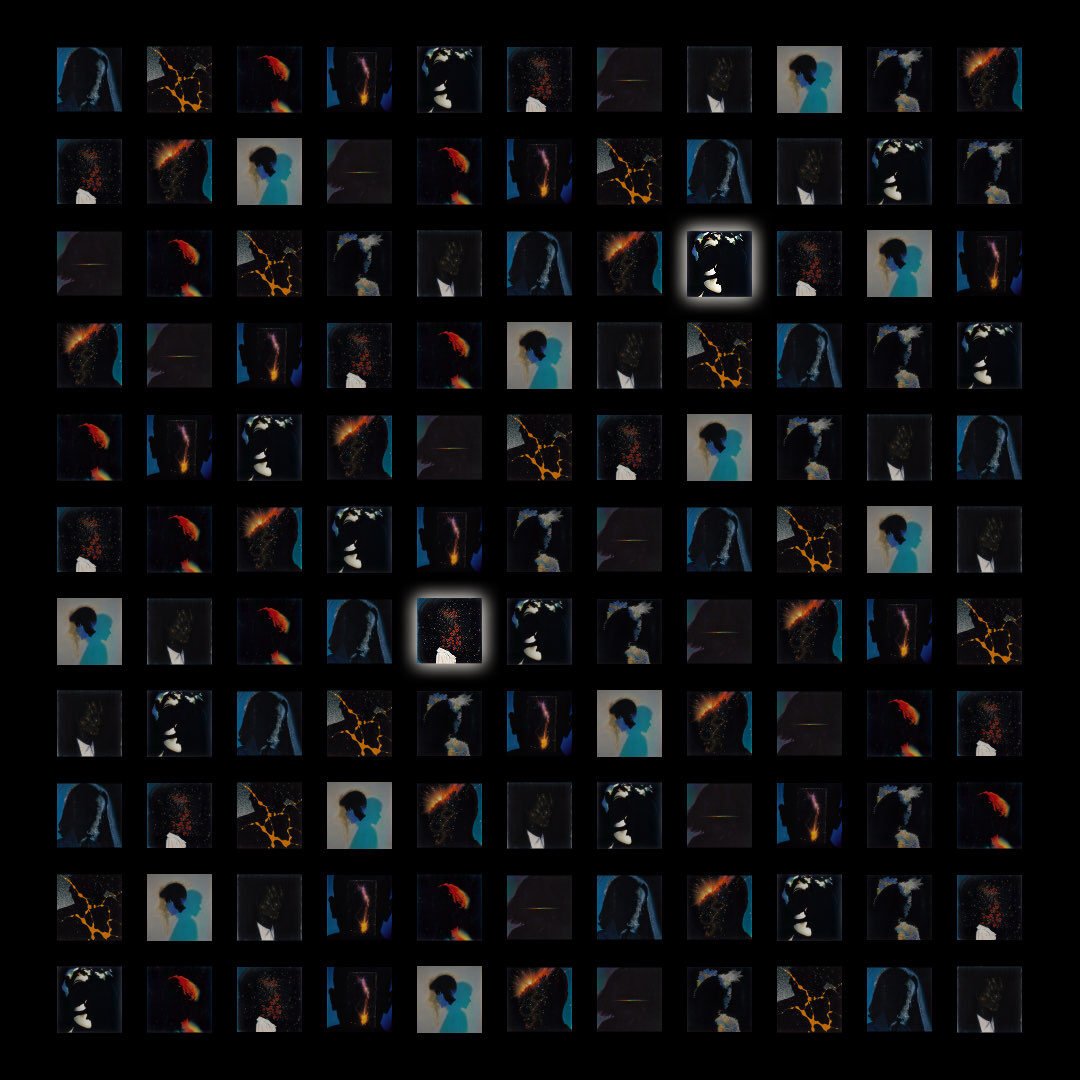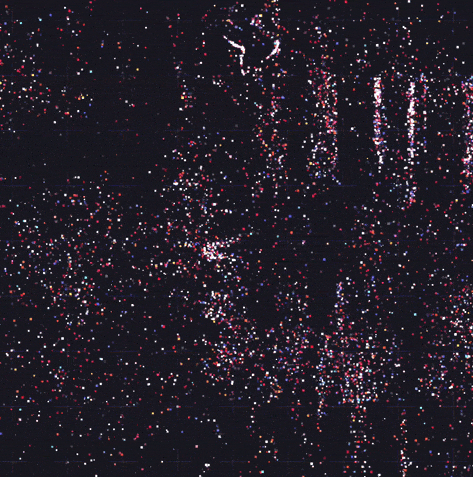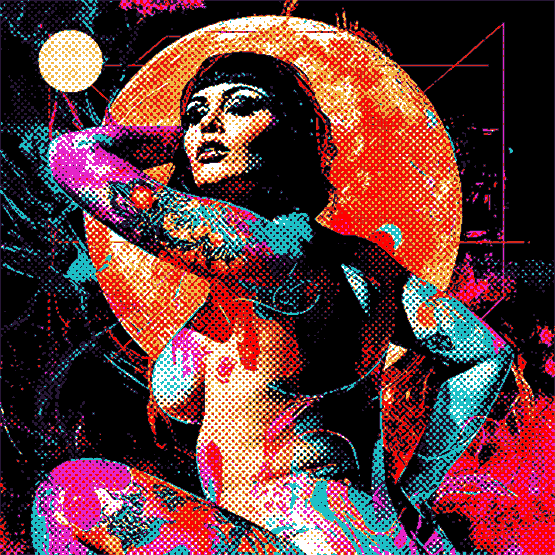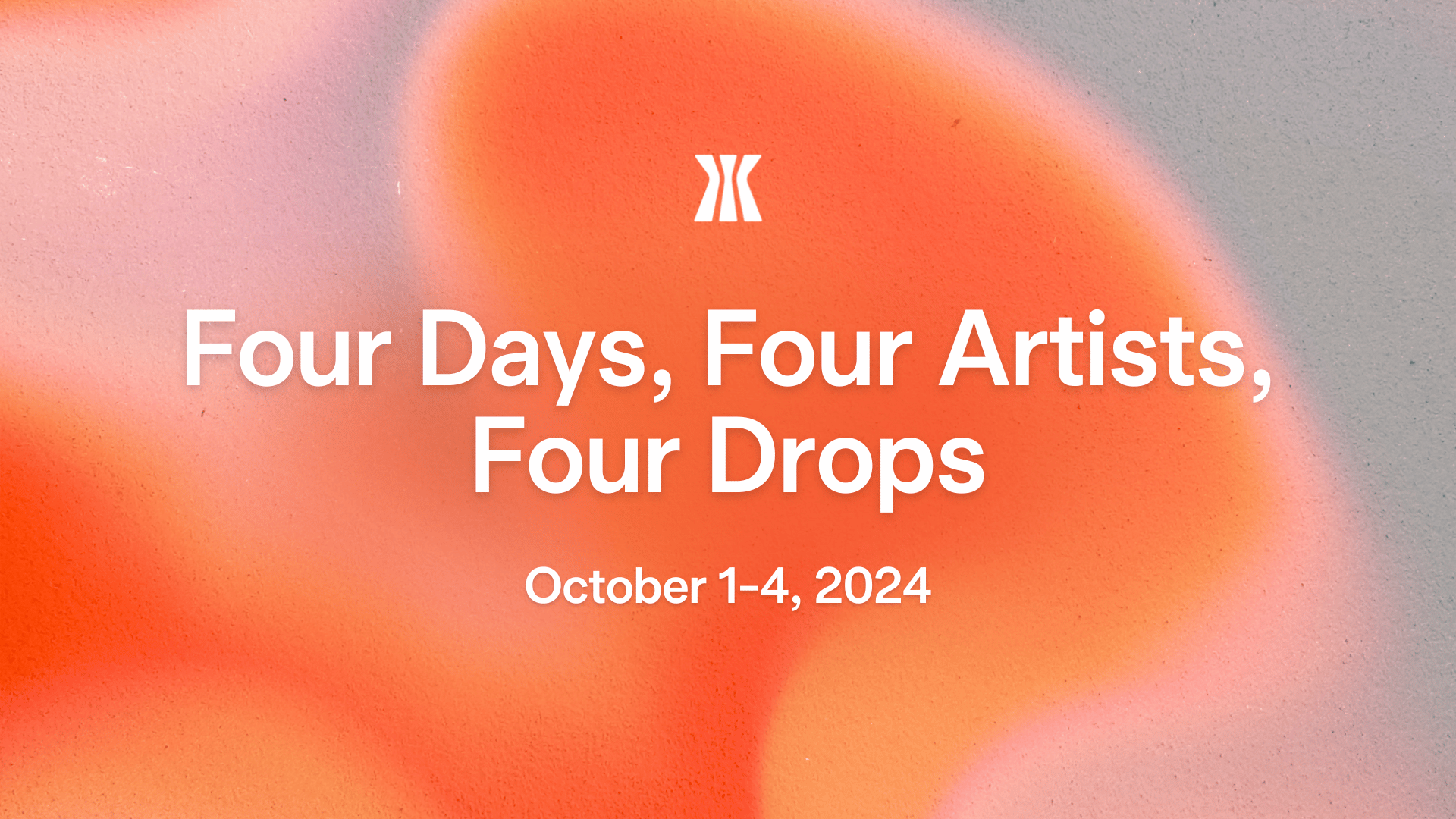An Act of Discovery
For Artifishal, fishing is a dialogue with the unknown—not about the catch, but the process of searching. When asked how fishing relates to Be a Fisherman, Artifishal explains that the minting process mirrors this uncertainty—collectors do not know if they will receive an original or a print. The work itself embodies this tension, with figures suspended between emergence and dissolution.
How does chance play a role in Artifishal’s work? Chance disrupts intention, introducing the unexpected. Whether through a distortion, a shifted texture, or an unplanned alignment, chance makes the work breathe. Be a Fisherman embraces this philosophy, turning minting into an act of discovery—where the art is not just in the image but in the waiting.
The Right Image
How does Artifishal recognize the right image? He does not choose images intellectually but instinctively. The right image holds a natural balance—of light and shadow, tension and narrative. But beyond structure, it has a gravitational pull, a moment where it starts speaking back. The goal is not perfection but presence.
Cast a Line
Initially, minting seemed like a transactional step—until Artifishal realized it should reflect the work itself. Traditional minting offers certainty, but fishing does not. By making the process feel like casting a line—where collectors do not know what they will receive—the minting becomes an extension of the art. The moment of tension and reveal becomes part of the experience. When asked why the minting was designed this way, Artifishal says, "That’s what makes it interesting."
Artifishal explains that editions are usually about consistency—order equaling value. When asked about subverting this concept, his goal was to disrupt it with the removal of hierarchy. Originals are woven into the mint randomly, unnumbered, existing on their own terms—not about being first, but about being singular.
Spectrum’s Edge
What makes Spectrum’s Edge so significant? A simple composition—a figure against darkness, a thin rainbow line of light. Spectrum’s Edge resonated with Artifishal because of its weight, its open-endedness. It does not reveal what comes next. It holds the tension of possibility. That, at its core, is the nature of fishing.
Keep Searching
Why does Artifishal’s work often exist in a space between recognition and obscurity? Recognition brings closure, but Artifishal’s work hovers at the edge of recognition, resisting resolution. This flicker between states keeps the viewer engaged, searching. The meaning lives in the in-between.
A Human Imprint
What makes an edition unique? To Artifishal, editions are not copies but unique artifacts. The hand-numbering of prints introduces a human imprint—something AI cannot replicate, rarely used in digital editions. The numbers themselves are designed to feel like part of the work.
Artistic Intent
When asked about the connection between fine art and PFPs, Artifishal explains that he is drawn to art that evokes myth, mystery, and wonder. Be a Fisherman fuses PFP-style mechanics with deeper artistic intent. The mint is not just a drop—it is an experience. Originals resist definition, hand-numbered prints carry human touch, and the entire process bridges machine code and imperfection.
Holding a full set of Be a Fisherman deepens engagement and provides access to future drops. Artifishal describes collecting as not just about ownership but participation in an unfolding narrative. The full set becomes a key to something larger.
Be a Fisherman challenges conventional collecting, inviting participants into an act of discovery. By embracing chance, disrupting editioning norms, and turning minting into an unfolding experience, Artifishal redefines digital art collection—not as acquisition, but as exploration.




